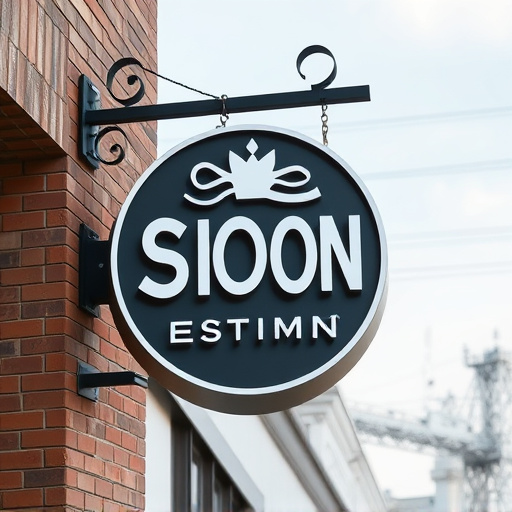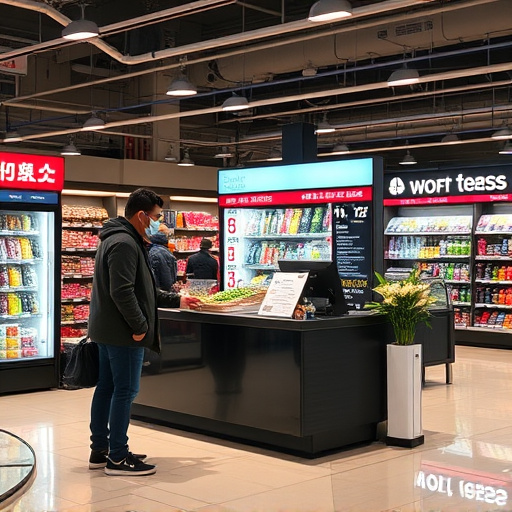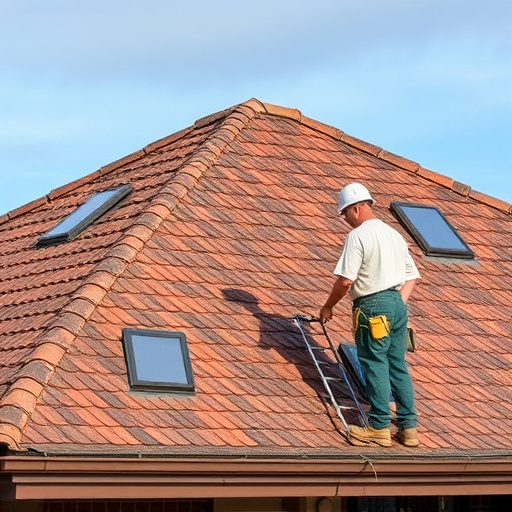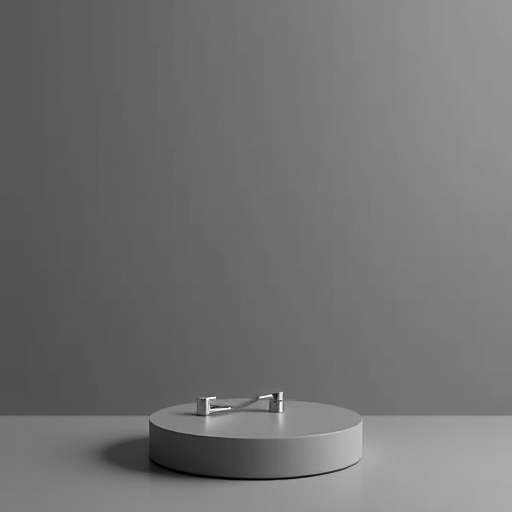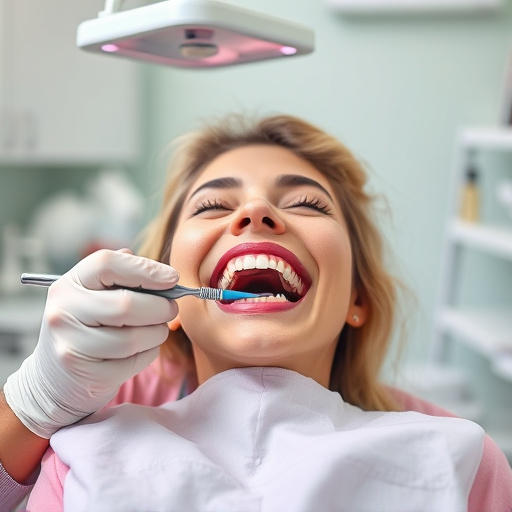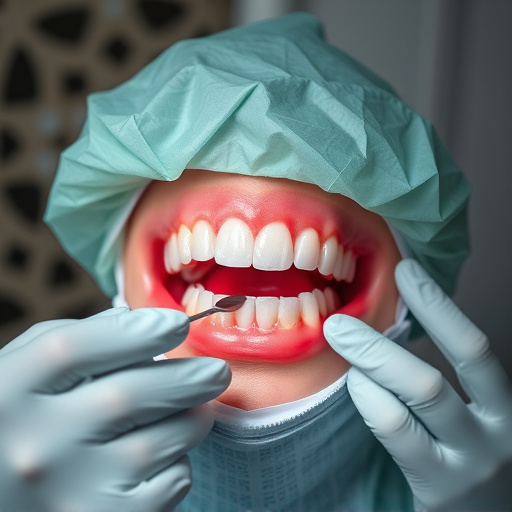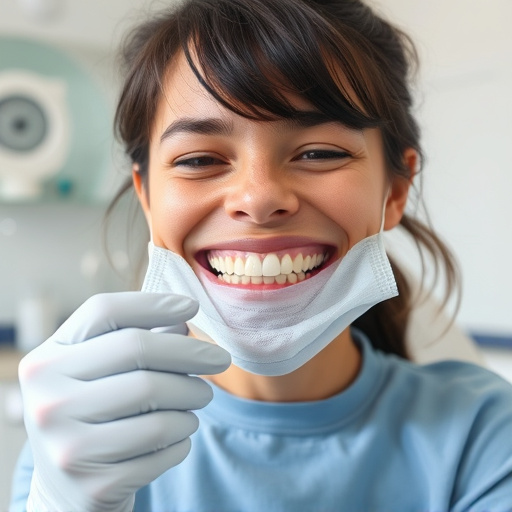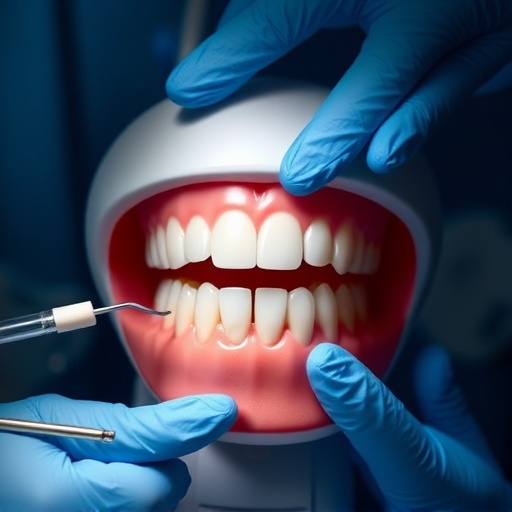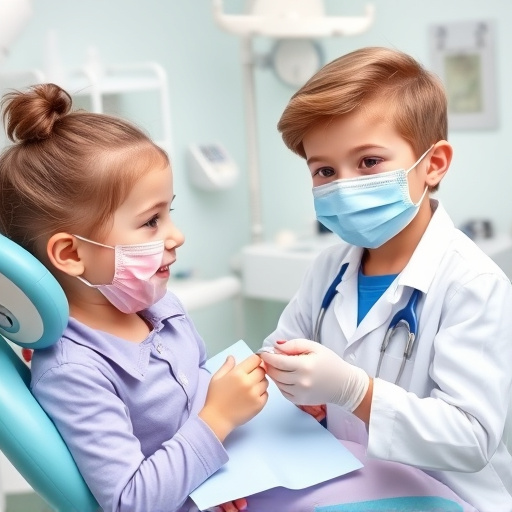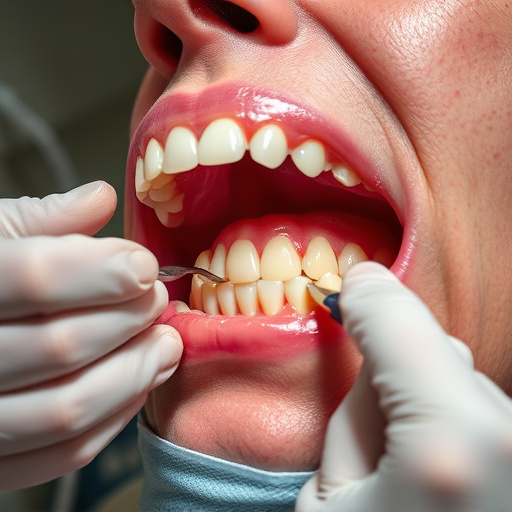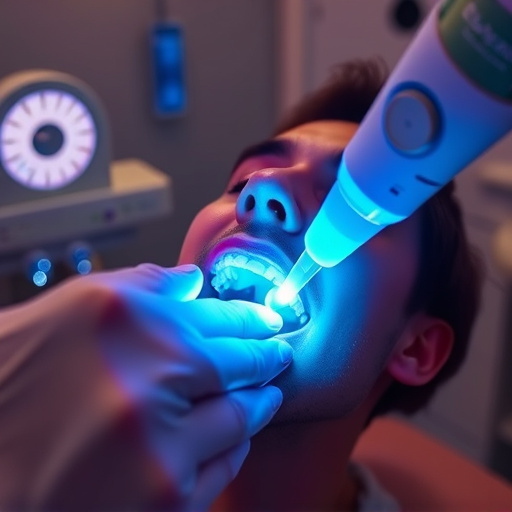Sleep apnea, affecting millions globally, is influenced by anatomical issues, body weight, and muscle relaxation. Untreated, it poses significant health risks including hypertension and cognitive impairments. Oral Appliance Therapy (OAT), a non-invasive and comfortable solution, gains popularity as an alternative to CPAP machines. Custom-fitted appliances maintain an open upper airway during sleep, improving overall sleep quality and health. OAT has significantly enhanced the lives of countless individuals by providing uninterrupted rest and increased energy levels. For effective sleep apnea treatment, exploring OAT could be a transformative step.
Sleep apnea, a common yet serious disorder, affects millions worldwide. It disrupts breathing during sleep, leading to various health risks. Understanding its causes and symptoms is crucial in navigating effective treatments. One innovative solution gaining traction is Oral Appliance Therapy (OAT). This non-invasive approach has proven successful for many, offering a comfortable and customized option for managing sleep apnea. The following sections will delve into the benefits of OAT, backed by real-life success stories, providing hope for those seeking relief from this condition.
- Understanding Sleep Apnea: Causes and Symptoms
- The Rise of Oral Appliance Therapy: An Innovative Solution
- Success Stories: Oral Appliances as an Effective Sleep Apnea Treatment
Understanding Sleep Apnea: Causes and Symptoms
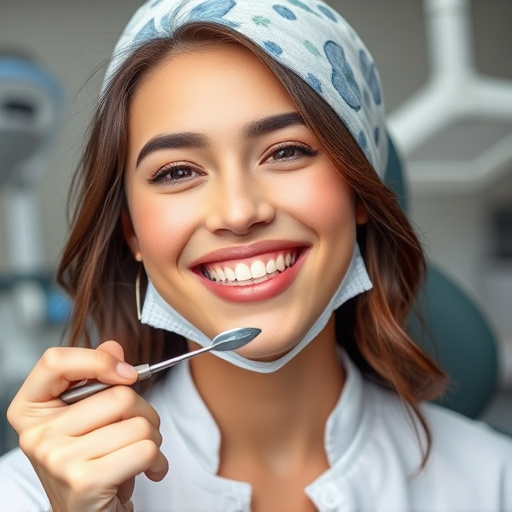
Sleep apnea is a sleep disorder characterized by pauses in breathing during sleep, which can last from several seconds to minutes and occur repeatedly throughout the night. These episodes are typically followed by brief awakenings, disrupting the quality of your sleep. Understanding the causes of sleep apnea is crucial for effective treatment. It often arises from a combination of factors including anatomical abnormalities in the upper respiratory tract, excess body weight, and relaxed muscle tone.
Symptoms can vary but commonly include excessive daytime sleepiness, loud or disruptive snoring, and morning headaches. Children’s dentistry specialists may also identify signs like behavioral issues, difficulty concentrating, and frequent night awakenings. While it may initially seem like a mere nuisance, untreated sleep apnea can lead to more serious health complications such as high blood pressure, heart disease, and cognitive impairments. Effective sleep apnea treatment, often utilizing oral appliance therapy or clear aligners, can significantly improve these symptoms and overall quality of life.
The Rise of Oral Appliance Therapy: An Innovative Solution
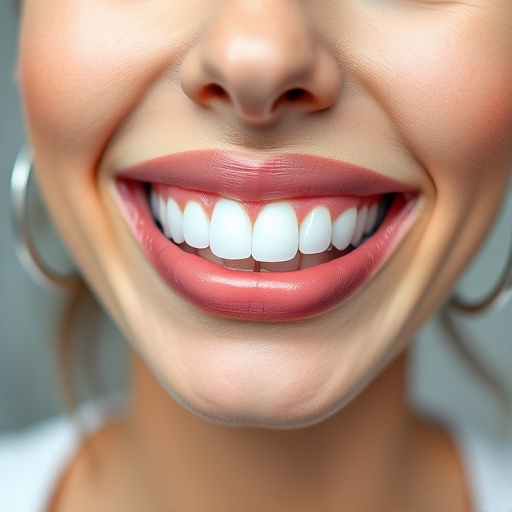
Oral Appliance Therapy (OAT) has emerged as an innovative and effective solution for sleep apnea, a condition that affects millions worldwide. This non-invasive approach has gained significant traction in recent years as a viable alternative to traditional treatments like continuous positive airway pressure (CPAP) machines. OAT involves the use of custom-fitted oral appliances worn during sleep to maintain an open upper airway, preventing the obstructions that cause sleep apnea episodes.
The rise of OAT is part of a broader trend in dentistry towards restorative and preventative care. Unlike procedures like wisdom tooth removal or dental cleanings, which address specific issues, OAT focuses on improving overall sleep quality and health. It caters to patients who prefer a more comfortable and discreet method for managing sleep apnea without the constraints of a machine. Restorative dentistry plays a crucial role in this process by ensuring oral health is maintained, allowing OAT to be even more effective in treating sleep apnea.
Success Stories: Oral Appliances as an Effective Sleep Apnea Treatment
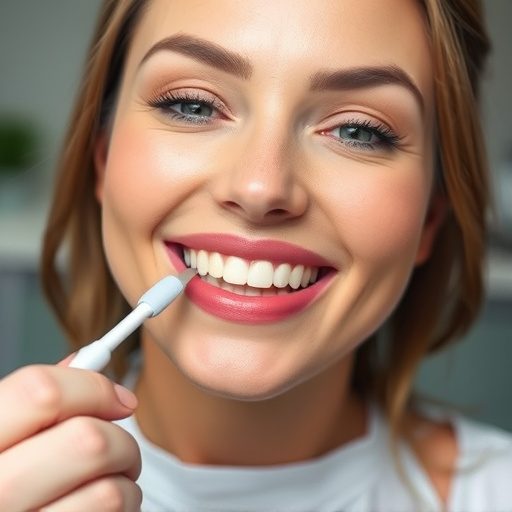
Many patients suffering from sleep apnea have found relief through Oral Appliance Therapy (OAT). Success stories abound, with individuals reporting significant improvements in their quality of life after adopting oral appliances as a treatment option. These devices, custom-made to fit each patient’s unique needs, gently reposition the jaw during sleep, opening up the airways and preventing the pauses in breathing that characterize sleep apnea.
One such success story involves John, who had struggled with sleep apnea for years, leading to chronic fatigue and daytime drowsiness. After consulting with a dental specialist, he opted for OAT. With a custom-fitted oral appliance, John’s nights were transformed. He no longer experienced the frequent pauses in breathing and could finally enjoy uninterrupted rest, leaving him more alert and energetic during the day. This positive change prompted John to share his experience, encouraging others considering sleep apnea treatment to explore oral appliances as a highly effective alternative.
Oral appliance therapy emerges as a proven and effective solution for managing sleep apnea, offering a non-invasive alternative to traditional treatments. By addressing the underlying physical causes, these oral devices provide significant relief for many patients. The success stories highlighted in this article underscore the potential of oral appliances as a game-changer in sleep apnea treatment, allowing folks to breathe easier and enjoy deeper, more restorative sleep.
